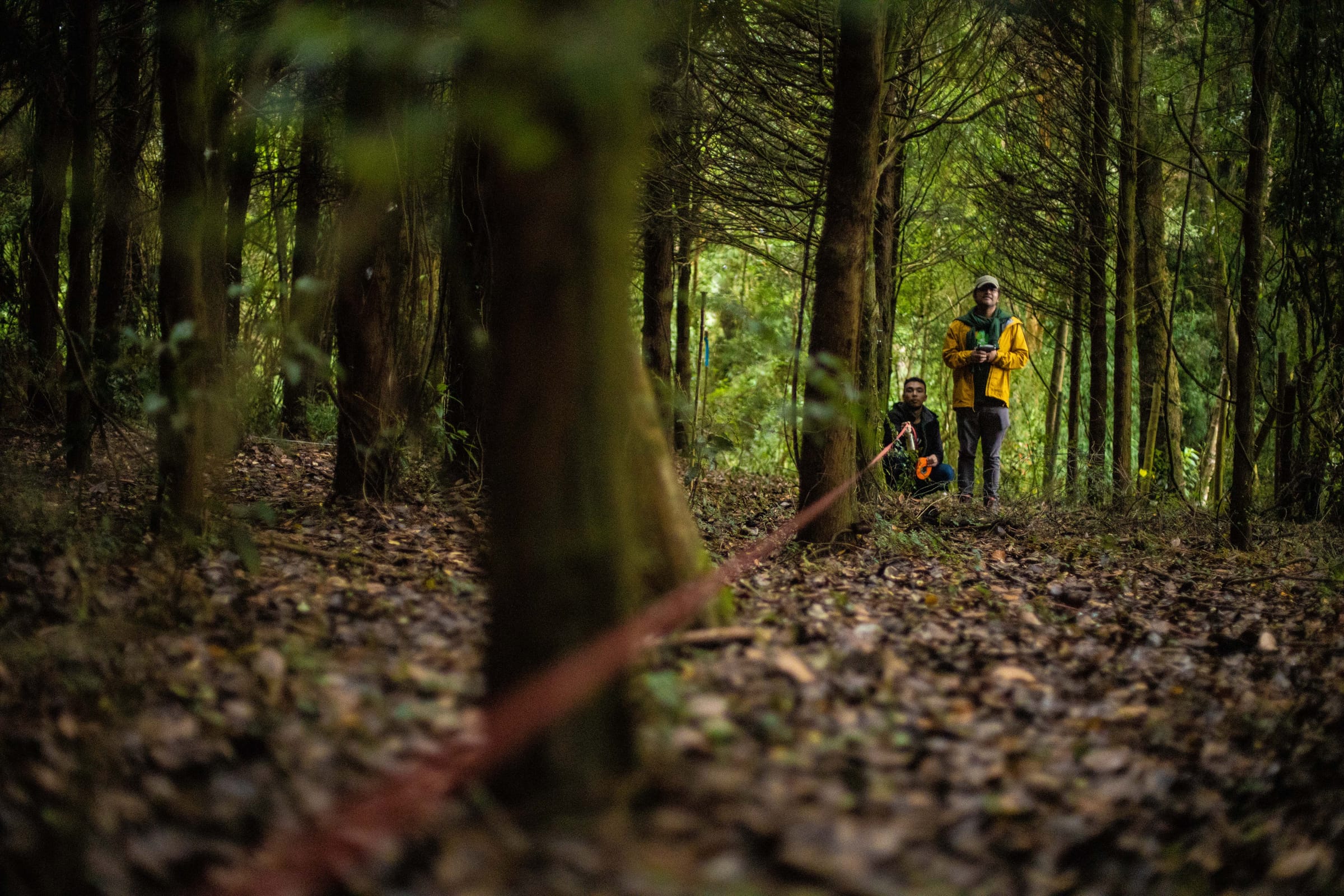We’ve said it before: every company has nature embedded in its value chain. From raw materials to production processes and product distribution, healthy ecosystems make business possible. Agriculture, energy, construction, technology, tourism—across industries, nature underpins operations and long-term viability.
These dependencies also bring exposure. By relying on nature, companies inherit nature risks: events and changes in ecosystems that can disrupt value chains, damage operations, and erode trust with customers, communities, and shareholders.
The difference between resilience and disruption often lies in how a company recognises and manages these risks. Addressing them means not only protecting assets and complying with regulation, but also strengthening business models for the future.
What Are Nature Risks and How Do They Impact Business?
Nature risks are threats arising from environmental change—droughts, floods, wildfires, landslides, pollinator loss, ecosystem degradation. Some unfold suddenly, others gradually. Both can destabilise the conditions that companies rely on: water availability, soil health, and local climate stability.
The impacts show up in three main ways:
1. Economic and Operational:
Nature risks disrupt logistics, raise production costs, and interrupt supply chains.
- In Chile, prolonged droughts reduce crop yields and raise costs for agriculture.
- In infrastructure and energy, wildfires damage power grids and facilities, causing costly outages.
2. Legal and Regulatory:
Global frameworks such as TNFD, SASB, and GRI require companies to identify and disclose their nature dependencies and risks. Non-compliance can mean penalties, market exclusion, or lost contracts with buyers who now demand alignment with these standards.
3. Reputational:
Stakeholders expect companies to act responsibly. Failure to anticipate and address nature risks can erode brand trust, trigger community conflict, and block access to capital. A mining firm ignoring water scarcity, for instance, may face protests, legal disputes, and the loss of its licence to operate.
In today’s markets, reputation and resilience are inseparable from sustainability.
First Steps for Managing Nature Risks
Managing nature risks starts with understanding a company’s interface with nature—the combination of its dependencies (water, soil, pollinators, climate regulation) and its impacts (pollution, deforestation, degradation). Without this baseline, effective action is impossible.
Here are five starting points:
1. Identify Dependencies in the Value Chain
Map where your business relies on nature’s services. A food company dependent on pollinator crops, for example, can invest in ecosystem restoration or projects to boost bee populations.
2. Quantify Impacts on Ecosystems
Measure how your operations affect nature. A textile company using cotton must assess soil, water, and biodiversity impacts—then act with efficient irrigation or regenerative practices.
3. Map Risk-Exposed Areas
Pinpoint operational sites or supplier regions most vulnerable to droughts, floods, or fires. A real estate developer, for instance, can use this analysis to avoid high-risk locations and design more resilient projects.
4. Prioritise Risks by Impact
Not all risks weigh equally. A telecom company with rural antennas may face storms, fires, and landslides—but if fire is the greatest threat, it can focus resources on protective measures and redundancy planning.
5. Establish Environmental Indicators
Track changes continuously. A forestry company might monitor vegetation cover, invasive species, water stress, and fire risk to protect its plantations and plan for long-term stability.
Atlas: Turning Data into Nature Intelligence
Managing nature risks requires reliable environmental data. That’s why we built Atlas, our Nature Intelligence platform.
Atlas combines satellite imagery, global datasets, and AI-powered models to deliver ready-to-use indicators across carbon, vegetation, biodiversity, water, climate, and risk. With Atlas, companies can:
- Assess dependencies and impacts.
- Map exposure to natural risks.
- Report in line with global standards.
- Strengthen resilience and reputation.
If your company is ready to understand its interface with nature and take action, book a free demo of Atlas. Together, we can build the resilience businesses need—and protect the ecosystems we all depend on.


